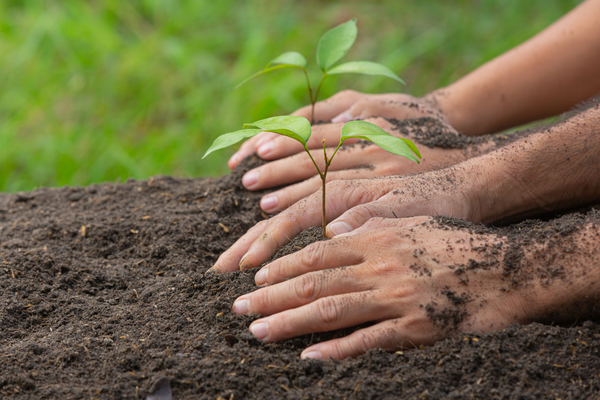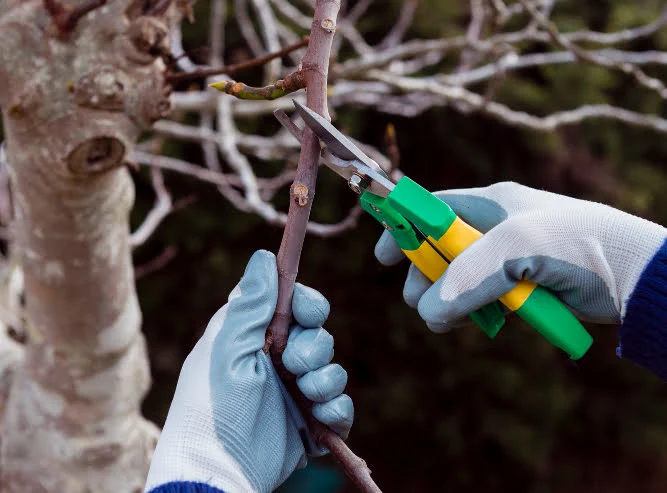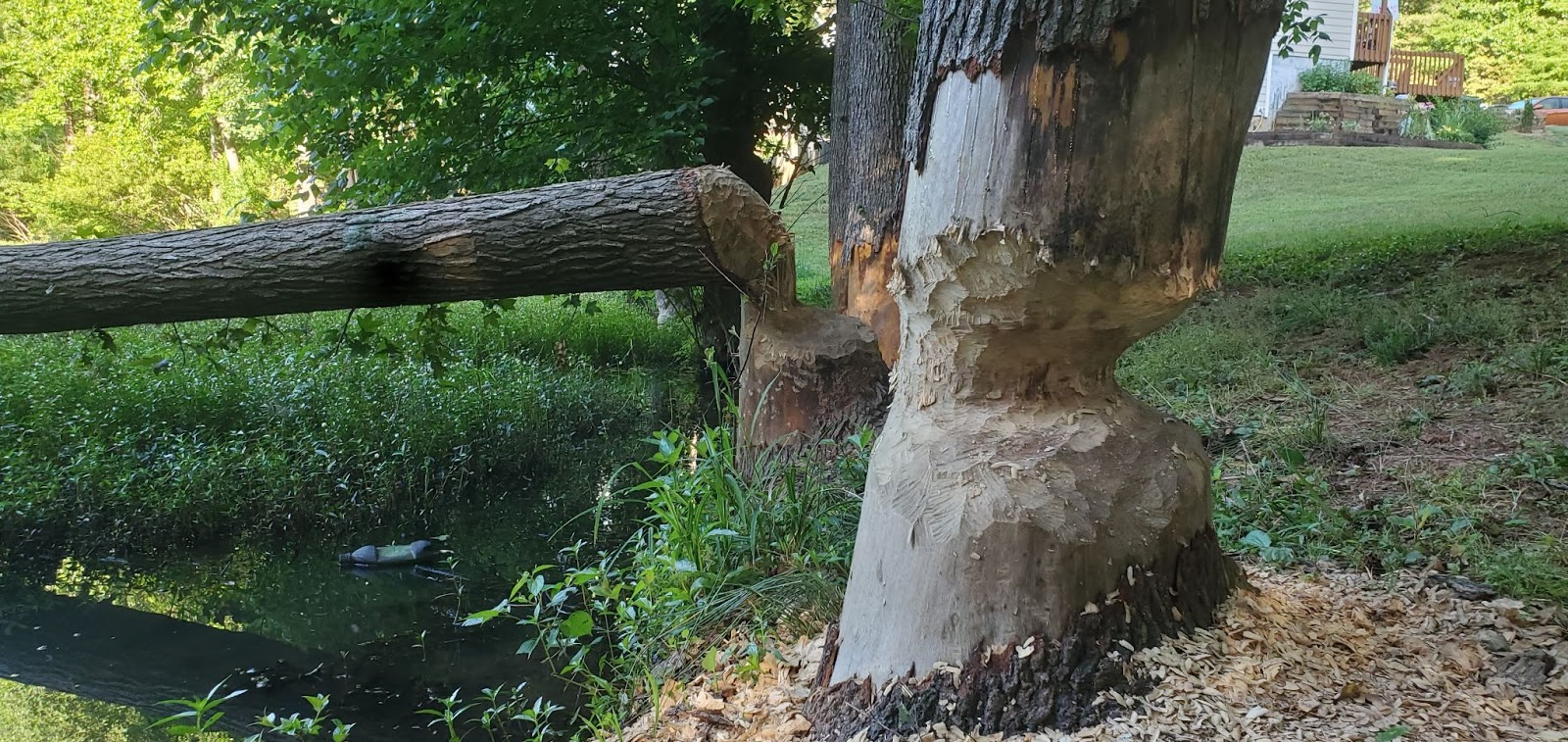Tree Ordinance
Charlotte Tree Ordinance Services
Look Up, Look Out, Look Ahead. These new regulations are an effort to help mitigate the loss of Charlotte’s tree canopy so that future generations have a fighting chance to view Charlotte as it has historically been known as The City of Trees. Perhaps you’ve heard that the city has had a longstanding goal to increase the tree canopy to 50% by the year 2050. Unfortunately, our canopy is shrinking as it has decreased from 49% to 46% in recent years.
Naturally, one would assume the canopy loss is due to the bustling development of the city; however, newer data suggests that we are losing too many trees in our residential areas. That’s right, it is the trees in our front and back yards that need the most protection. Therefore, it is our personal and collective responsibility to care for the trees that give back to us in so many ways (think of the benefits: monetary, aesthetic, health, ecological, and environmental).
Let’s work together. Heartwood is here to help you navigate the new regulations. Not only is it a city goal we support, it is one that is built into our mission. Our desire is to be the Caretakers of the Crown (pun intended) and To Help Trees Outlive Humans after all. Contact us to start your consultation! If the native tree in question has health or risk concerns, your consulting arborist may suggest a Tree Risk Assessment.

The Unified Development Ordinance

In an effort to preserve and protect our city’s majestic urban tree canopy, the City of Charlotte implemented the UDO (Unified Development Ordinance) on June 1, 2023. The newest addition to the ordinance and the one most applicable to homeowners is the concept of the Heritage Tree Preservation.
Article 20, Tree Preservation Requirements, mandates city approval for the removal of a healthy heritage tree. This requires residents to apply for a heritage tree removal permit and requires a tree planting commitment for replacement in addition to paying a removal fee. The permit application cost $265, and the removal fee is $500. If you choose to remove a healthy heritage tree, you will now pay at least $765 to the city of Charlotte if you forgo other mitigation options. This doesn’t include the cost of the actual removal.
Breaking Down the Tree Protection Ordinance

The Purpose of Such An Ordinance

Differences for Private Property Owners and Public Trees
Heritage Trees & Specimen Trees: What are They and Which Ones are Protected?
Under the Tree Protection Ordinance in Charlotte, there are two categories of trees that are considered protected: heritage trees and specimen trees.
A heritage tree is defined as any large, mature tree native to North Carolina, per the USDA Department of Agriculture Natural Resource Conservation Service Plants Database, that has a unique character or historical significance. These trees must meet certain size requirements, specifically having a DBH (diameter at breast height) of 30” or more. Oak, Beech, Pine, Cedar, Maple, Sweetgum, and Tulip poplar are all native to N.C. To receive protection under the ordinance, heritage trees must be designated by the city.
A specimen tree is also a large, mature tree with unique character but does not have the same historical significance as a heritage tree. These trees must meet the same size requirements as heritage trees and are also designated by the city for protection.
Benefits
Benefits of Consulting With Our Certified Arborists in Charlotte
Additional North Carolina Tree Removal Laws
In addition to the Unified Development Ordinance (UDO), North Carolina has several other tree removal laws and regulations that property owners must be aware of to ensure compliance and protect the state’s natural resources. These regulations vary by locality, and understanding them is crucial for responsible tree management.Statewide Regulations
Municipal Tree Ordinances
Historical and Scenic Tree Protection
Homeowners Association (HOA) Regulations
Coastal Area Management Act (CAMA)
Why Choose Heartwood Tree Care for Heritage Help
Choosing Heartwood Tree Care for Heritage Help guarantees you receive top-tier tree care backed by our numerous awards and accreditations, reflecting our dedication to superior quality and industry standards. Our team is devoted to maintaining the beauty and health of heritage trees, offering specialized tree preservation services that cater to the unique needs of these irreplaceable natural assets.
Additionally, we provide thorough assistance for commercial/HOA services, making sure that your community's landscape remains safe, healthy, and stunning. With Heartwood Tree Care, you can trust that your trees are in the hands of certified experts who prioritize quality, sustainability, and customer satisfaction.

